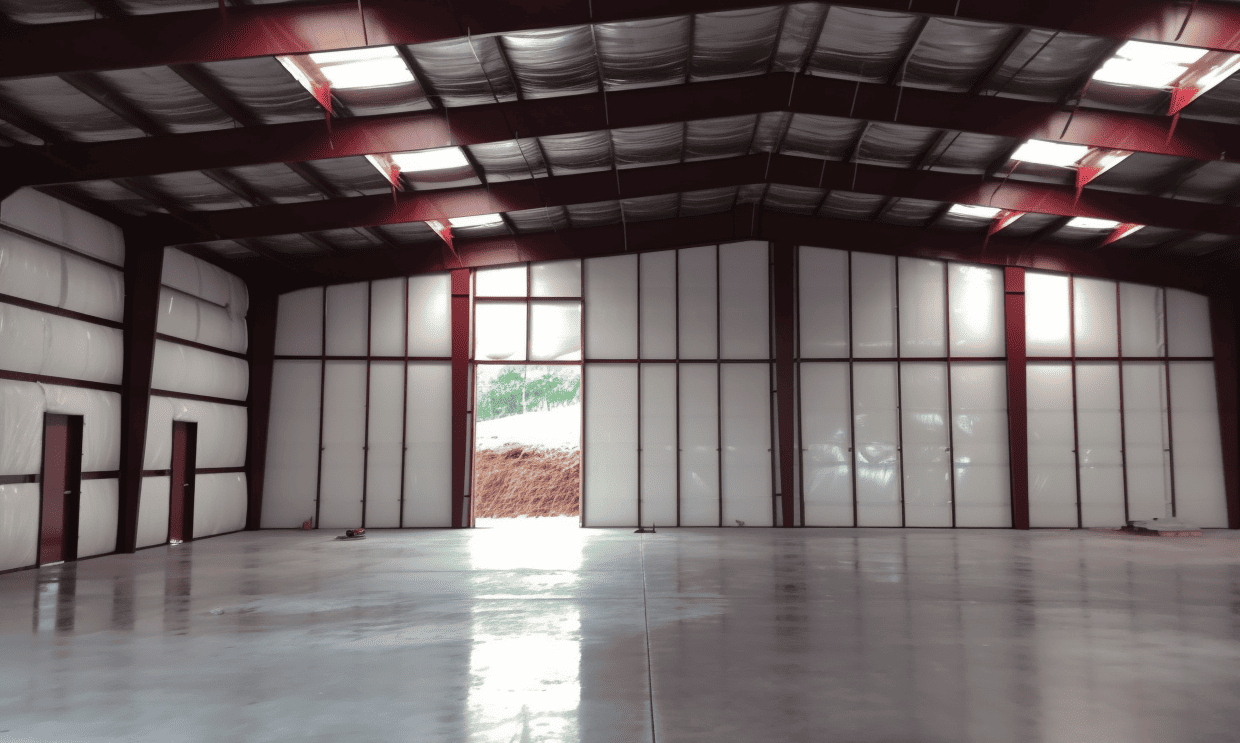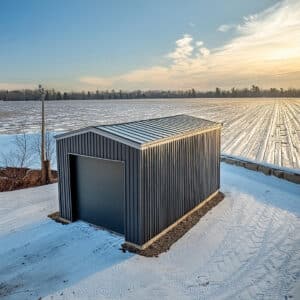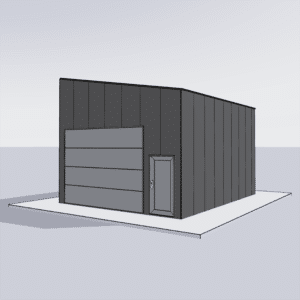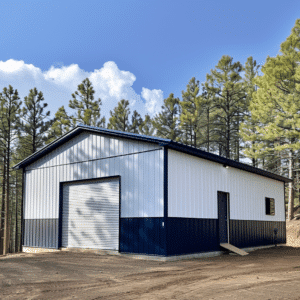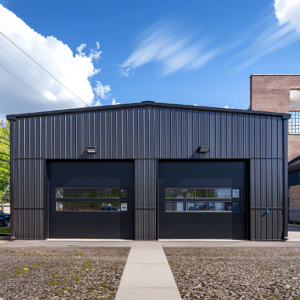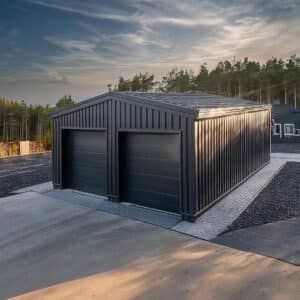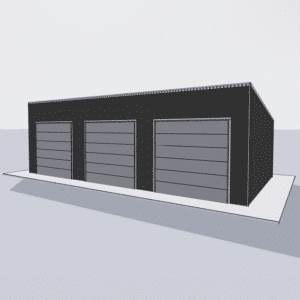When it comes to constructing a steel building, the journey begins long before the first beam is erected. The pre-construction planning stage is an essential part of ensuring your project is completed on time, within budget, and to your satisfaction. Without a solid plan, even the strongest steel can’t support your project aspirations. But with a comprehensive roadmap, you set the foundation for a flawless steel build. Let’s delve into the essential steps that compose this pre-construction planning roadmap and explore how they contribute to a successful project.
The Importance of Pre-Construction Planning
Why is pre-construction planning crucial? Imagine trying to put together a complex puzzle without looking at the picture on the box. It would be challenging, time-consuming, and probably frustrating. Pre-construction planning serves as that guiding picture; it provides a consolidated vision for your project and helps in navigating potential hurdles before they become insurmountable. This stage establishes the scope, budget, timeline, and risk management strategies, ensuring clarity and effective communication among all stakeholders involved.
Phase 1: Needs Assessment and Site Evaluation
Every successful steel building project starts with understanding the requirements and evaluating the site where your structure will stand. Ask yourself, what are my project’s goals and how can a steel building fulfill them? A needs assessment will help you pinpoint both functional and aesthetic requirements for your structure.
Following this, a site evaluation is imperative. Topics like soil quality, zoning laws, accessibility, and environmental concerns are pivotal in determining the location’s suitability. You wouldn’t build a house on quicksand, and the same principle applies here. Assessing these initial constraints early helps in the seamless progression to the next stages.
Phase 2: Budgeting and Financial Planning
Moving to numbers – how to ensure your dream project doesn’t become a financial nightmare? Effective budgeting and comprehensive financial planning provide the structural integrity your project’s finances need to withstand unexpected costs. Determine the project scope and attain preliminary cost estimates for labor, permits, and materials, including steel itself, which is pivotal to the cost structure. Explore financing options, if necessary, to ensure you are equipped to pull the project through.
Crafting a Timeline
A timeline acts like the project’s heartbeat, keeping everything on track and alive. Create a realistic project schedule that includes everything from design stages to the final phases of construction. Incorporate milestones to measure progress and keep the project on a disciplined path.
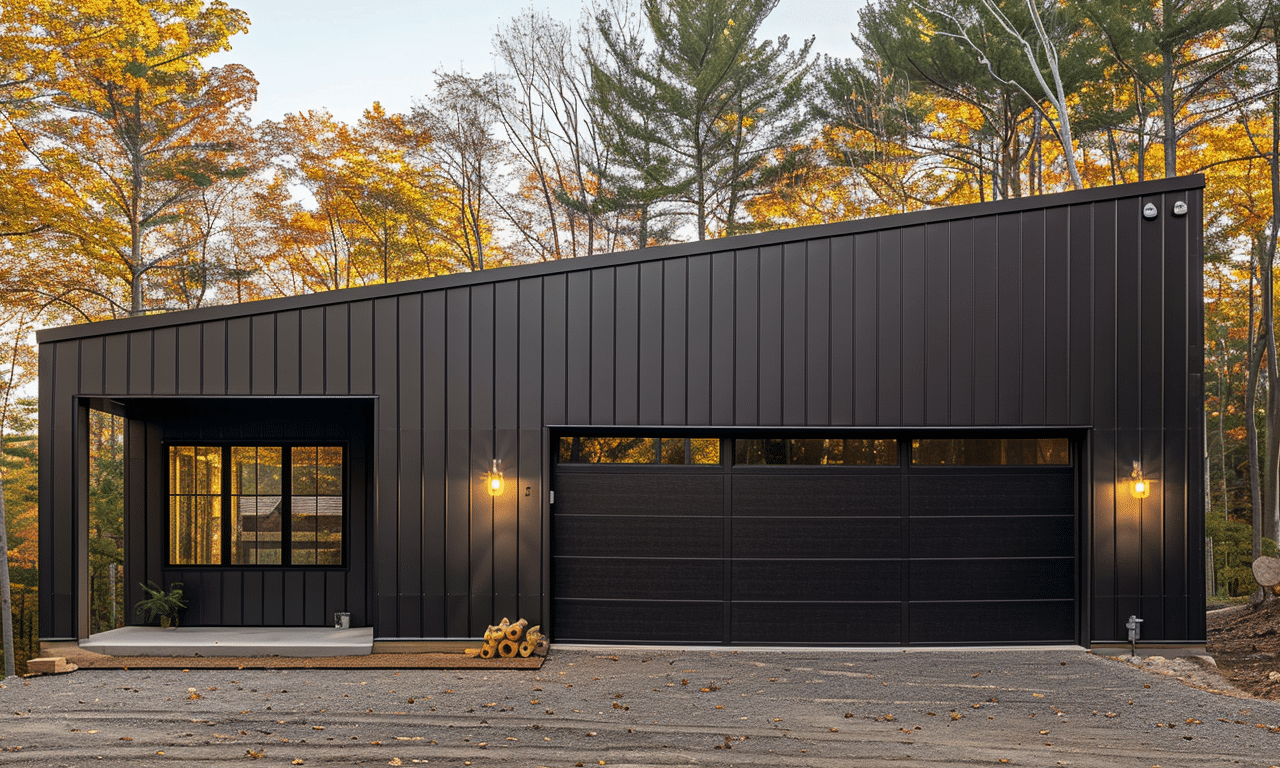
Phase 3: Permitting and Regulatory Compliance
Navigating the maze of permits and regulatory compliance is a demanding yet necessary phase. Ensuring your project adheres to local building codes, environmental laws, and other regulations is non-negotiable. Dive deeper into this with resources like Permits and Regulations 102 to anticipate potential legal obstacles and handle them proactively.
Getting Engineered Plans in Place
Once you have the paperwork handled, the next step involves detailed blueprints and structural designs. Rely on professionals for Engineered Drawings for Planning to ensure that your building complies with the designated codes and your personal specifications.
Phase 4: Selecting the Right Team
No castle was ever built by a single knight. Your construction project needs a team of experienced, skilled professionals. From architects and engineers to project managers and contractors, choosing the right team ensures that your project is executed with craftsmanship and efficiency. Look into established Construction techniques for steel buildings that your team can employ to achieve optimal results.
Phase 5: Risk Management Strategy
Risk management is about preparing for rain even when the sun is shining. Anticipate and analyze potential risks by evaluating both internal and external factors that might affect the timeline or budget. Develop a robust contingency plan to mitigate these risks should they arise, ensuring that surprises remain delightful rather than disastrous.
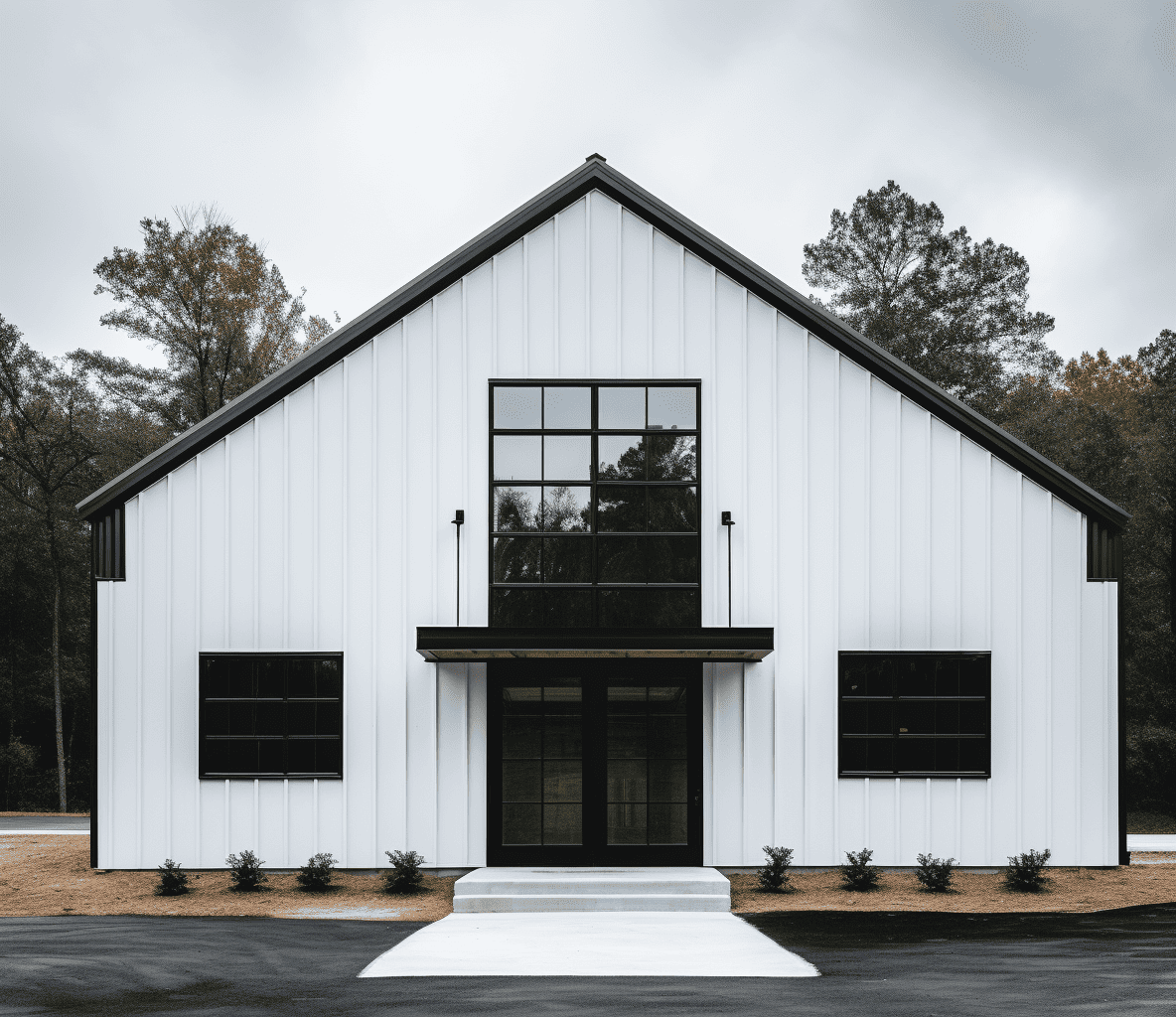
Phase 6: The Pre-Construction Meeting
Finally, unify all the elements with a pre-construction meeting. This gathering of all stakeholders will set the stage, ensuring everyone is on the same page and has clear expectations. Review plans, reiterate timelines, and iron out any pending issues. Consider this the pep rally before the big game.
Conclusion
Each step of the pre-construction planning phase is like a piece of puzzle, essential for seeing the complete vision and ensuring the integrity of the project. Whether it’s a commercial warehouse or a residential dream home, these strategies can guide your steel building journey, much like a Project Planning Guide ensures everything’s accounted for. By investing time and energy into the groundwork, you’re not just building a structure; you’re building peace of mind knowing that every beam, bolt, and bracket are in perfect harmony to shape your aspirations.
Further Exploration
For more detailed insight into the steel building processes, feel free to explore our comprehensive Steel Building Construction Process guide. Embrace the meticulous journey of pre-construction planning, and pave the way to a spectacular steel structure by making smart, informed decisions from the start.
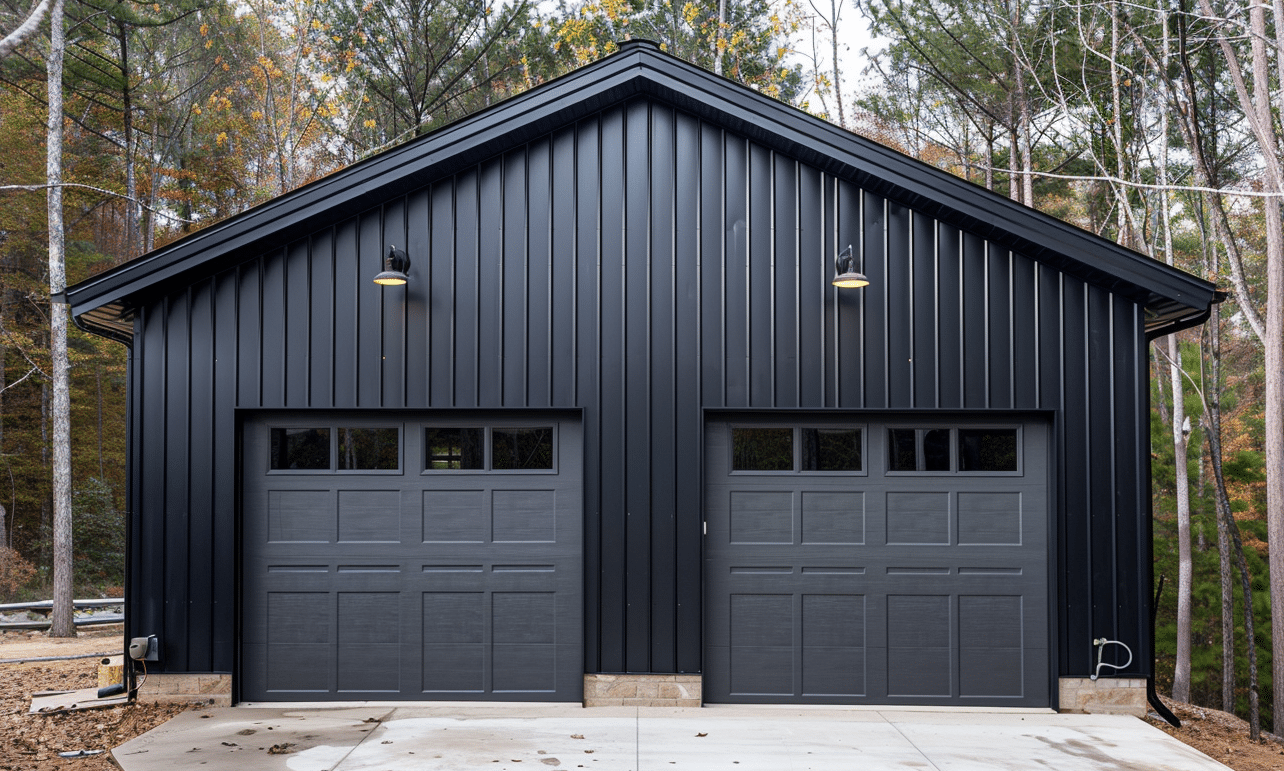
Transform the daunting into the doable with the right plan, team, and mindset. Let pre-construction planning be your guiding star, illuminating the path to a flawless build. Your iron-clad dreams await – are you ready to build them?


